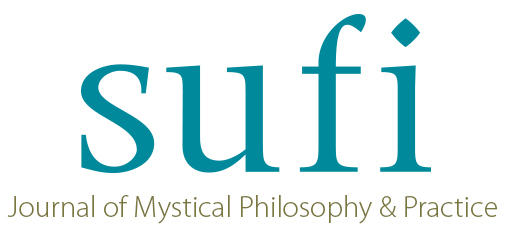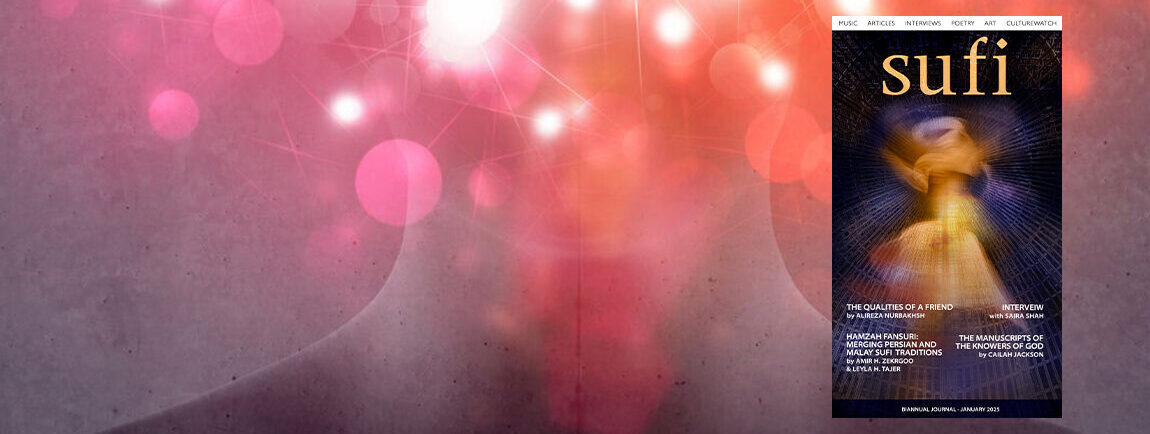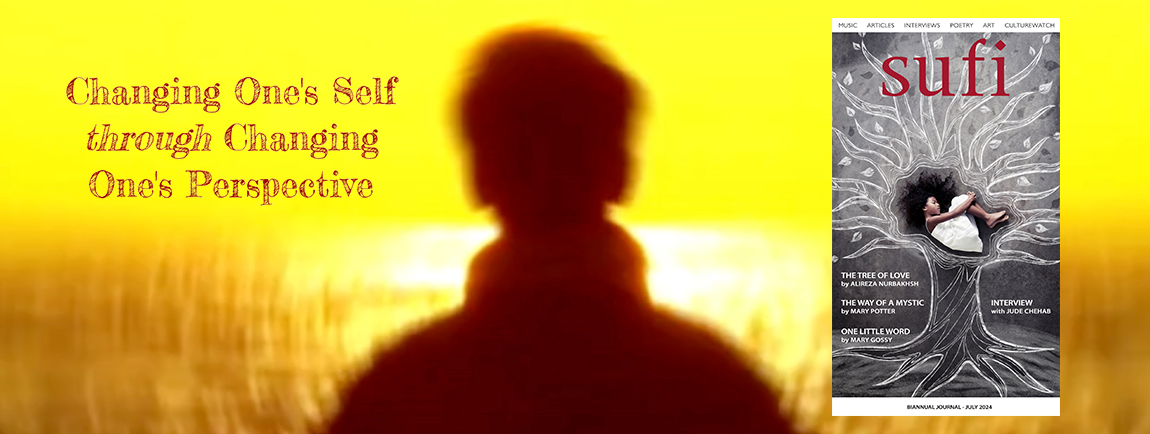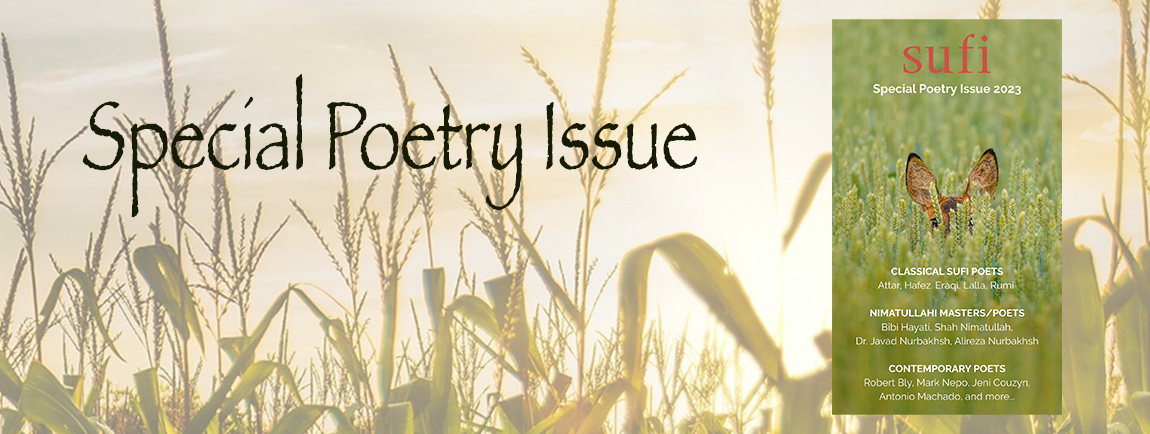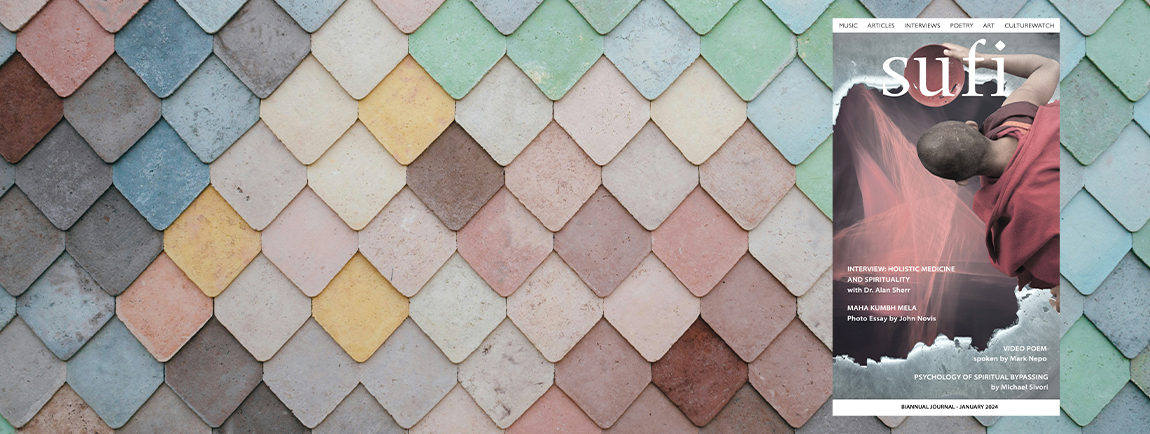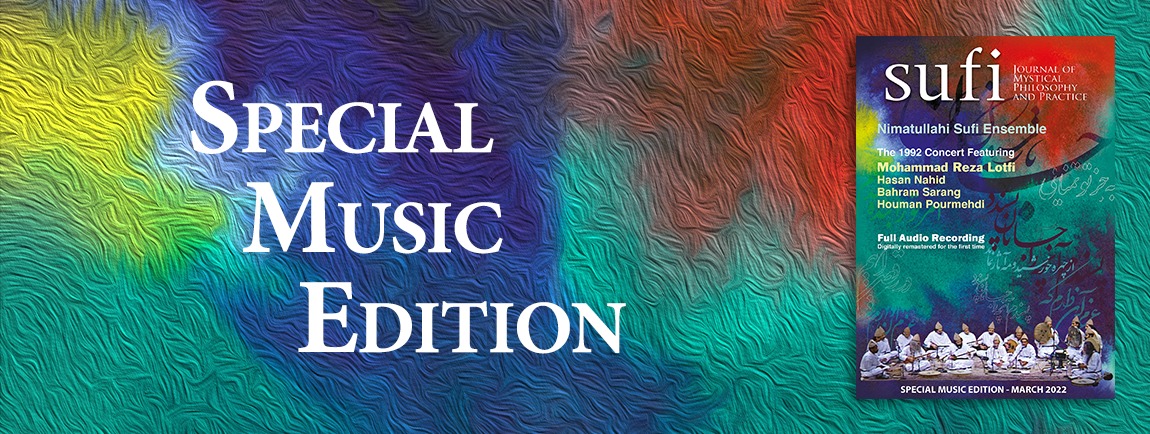SUFI Journal of Mystical Philosophy and Practice
SUFI #108 is now out!
NEW — HIGHLIGHT from SUFI Archives
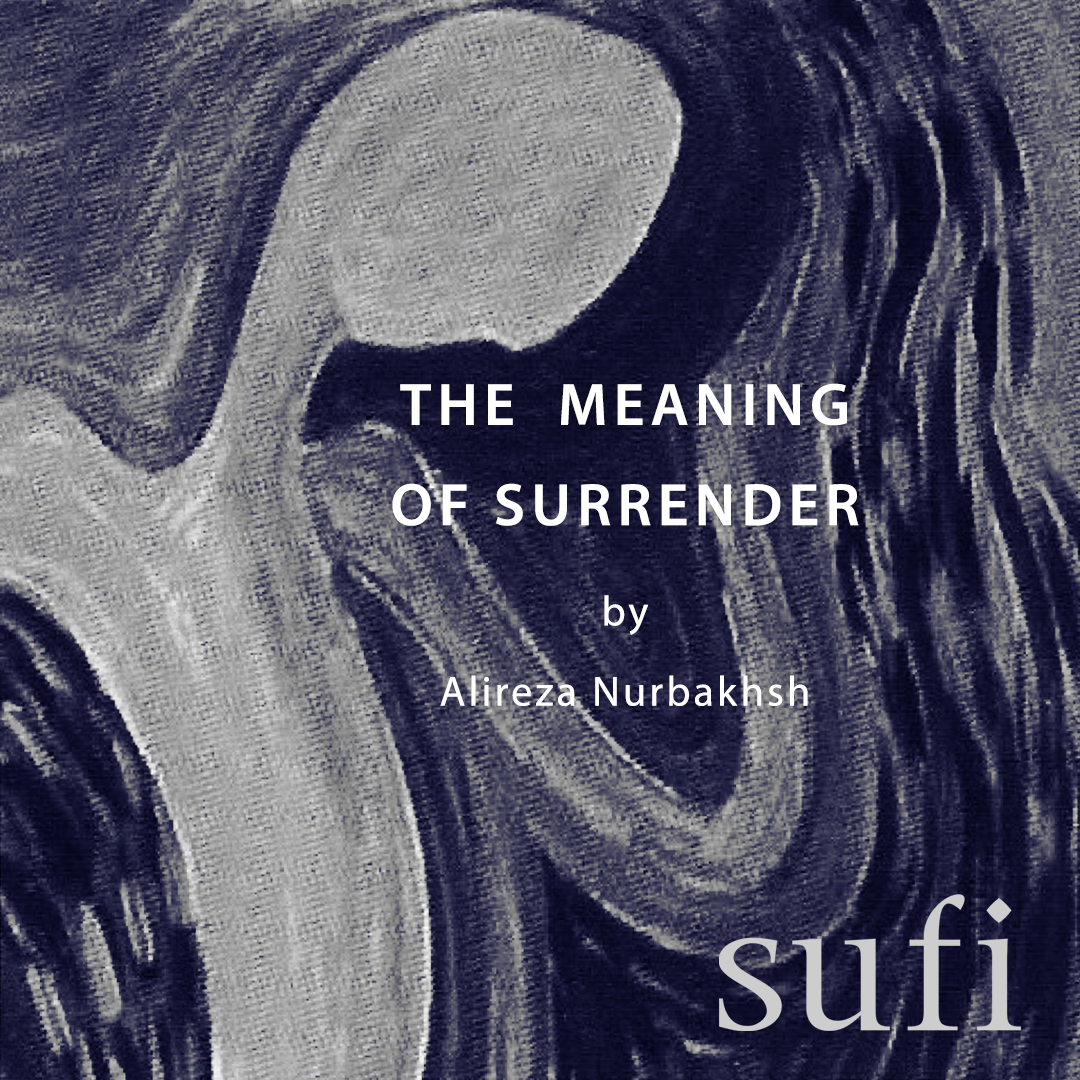
From SUFI Issue 78
The Meaning of Surrender
By Alireza Nurbakhsh
In SUFI’s 2009 winter issue, Alireza Nurbakhsh, Master of the Nimatullahi Sufi Order, explores the meaning of surrender to God. In his discourse, he points out that surrender occurs in the context of fighting or resisting aspects of our life situation. In contemporary culture, the act of surrendering is regarded as a passive or negative quality, and we are encouraged to never to surrender to our condition. In contrast, spiritual surrender to God occurs when we tire of fighting against others and our own ego. “Once we accept the world as it is, as a manifestation of an all-encompassing Truth, we have surrendered ourselves to God…it is only when we are not at war with ourselves and others that we become creative and sympathetic to others.”
Explore more about this Sufi teaching and read the full discourse from the SUFI archive, now available free to anyone. Subscribe to SUFI to enjoy the full array of articles, stories, poetry and more in each issue.
Artwork 1999 ©Dale Wicks
SUFI JOURNAL ISSUE 108
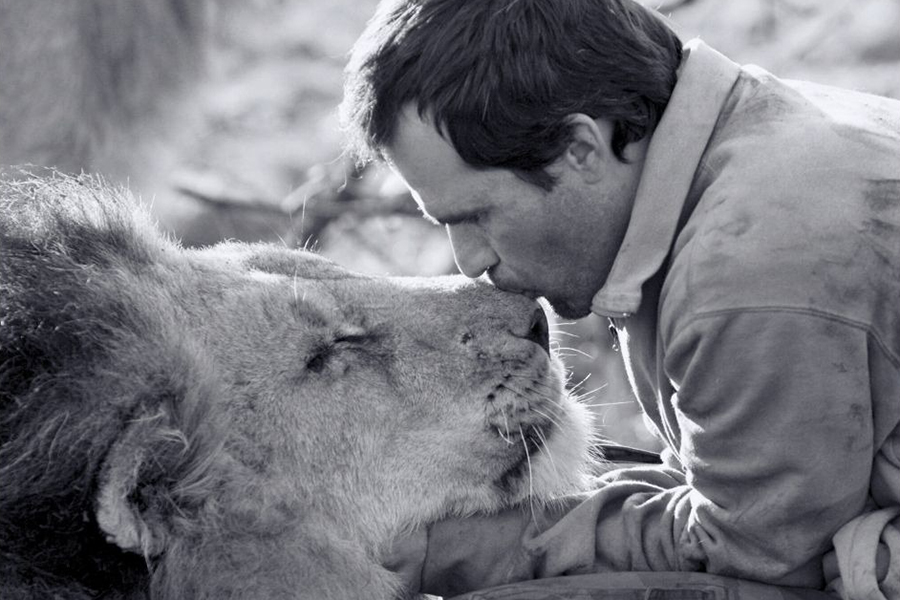
The Qualities of a Friend
by Alireza Nurbakhsh
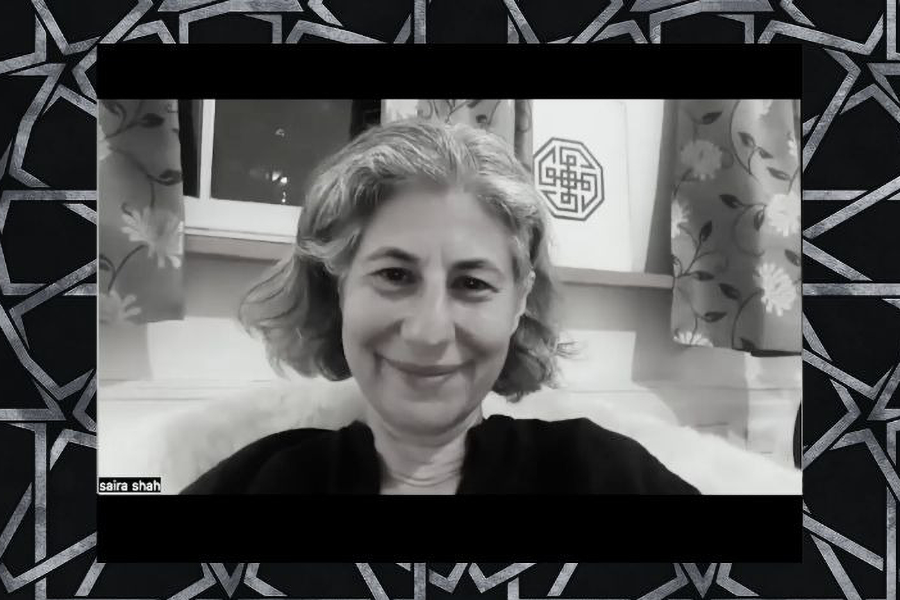
Interview with Saira Shah
by Christopher Anderson
Saira Shah and Christopher Anderson discuss how her father, the writer and thinker Idries Shah, has influenced her life, including her work with the Idries Shah Foundation where she serves as trustee. Together they delve into how Shah’s translations and adaptations of Sufi literature, including the Mullah Nasruddin stories, remain a vital treasure for spiritual seekers and demonstrate how mystical knowledge can be successfully transmitted across cultures.
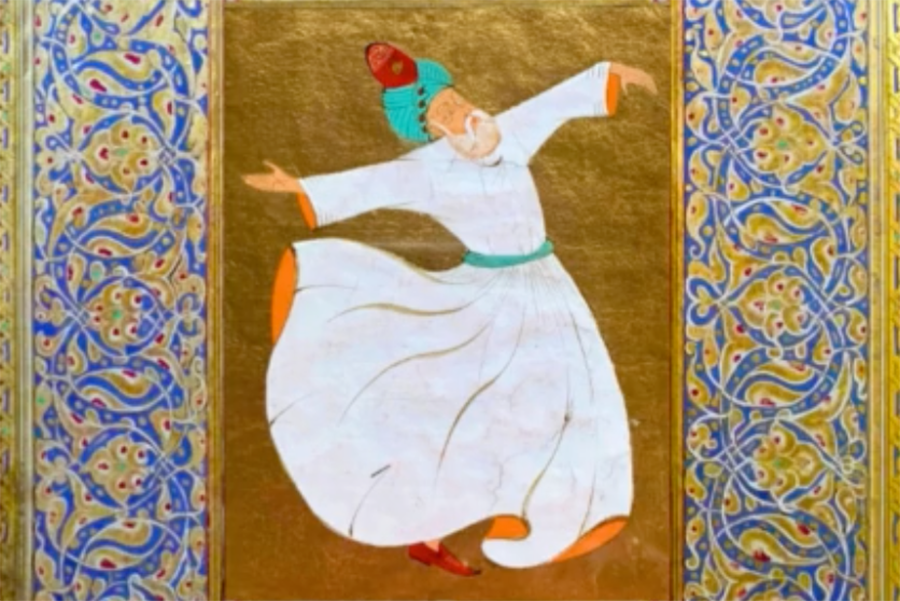
The Manuscripts of The Knowers of God
by Cailah Jackson
Mevlana Jalaluddin Rumi is known the world over as a Sufi philosopher-poet par excellence. Extracts from his Persian-language masterpiece, the Masnavi, have been popular with both Muslims and non-Muslims for many decades, admired for their wit and sagacity. Although the Islamic facet of Rumi’s identity is sometimes unfortunately forgotten in some Western contexts, readers of this journal will know that Rumi was a Muslim scholar who lived and preached in the central Turkish city of Konya in the medieval period. His faith took on a more ecstatic form after his close friendship with Shams-i Tabrizi developed, and he eventually amassed a large group of followers, known as the Mevlevis. In modern times, they are sometimes termed the Whirling Dervishes for their distinctive spinning form of dhikr.
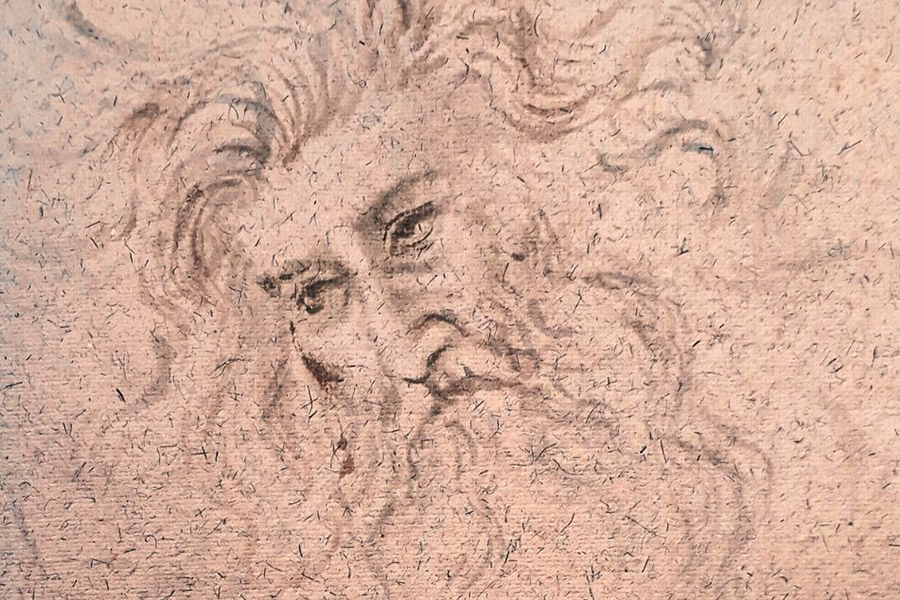
Hamzah Fansuri: Merging Persian and Malay Sufi Traditions
by Amir H. Zekrgoo and Leyla H. Tajer
In 2018, the first ever translation of Hamzah Fansuri’s treatises into Persian from Malay was published by the present authors. The translation provides a platform upon which Persian readers can familiarize themselves with this 16th century Sumatran Sufi’s thought, and discover the extent of the influence of Persian sources in the formation of such literature in the Malay language. After all, Fansuri is referred to as “the father of Malay literature.” In the launching event of the book in Kuala Lumpur, a learned audience member presented the following interesting question: “Considering the rich Persian heritage of Sufi literature preserved in the works of Sana’i, Attar, Rumi, and Jami, what additional value do Hamzah’s works offer?” The reality is that the charm of Persian Sufi poetry often lies in its mesmerizing language which, while captivating, can sometimes obscure its deeper mystical messages. In contrast, Hamzah’s deliberate choice of simple language allows his readers to have easier access to such content. In our latest book, Tracing Persian Sufi Literature in Hamzah Fansuri’s Writings, which was published in 2023, the above matter is extensively discussed. We also need to underscore the remarkable role of Hamzah Fansuri as a bridge between Persian Sufi tradition and the Malay intellectual world.
TO READ MORE, SUBSCRIBE
Cover 106 ©Jon Kolkin
Cover 107 ©Justin Lewis, Getty Images
Cover 108 Photo Montage ©Martin Harris and Mohammad Ramezani, pexels.com
Posts Photos/Artwork: ©Frame Pictures Inc. Santa Monica, CA ; SufiJournal and Saira Shah; Courtesy of Author Cailah Jackson; ©Author Amir H. Zekrgoo;
